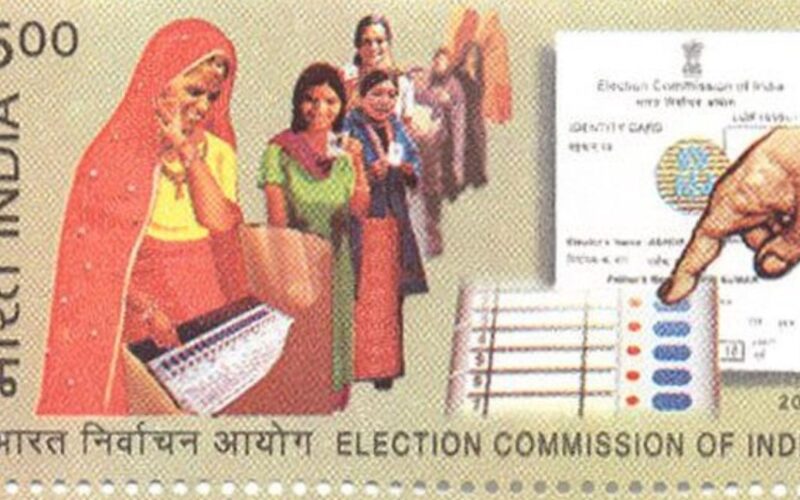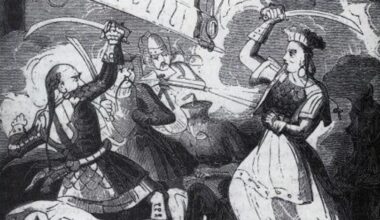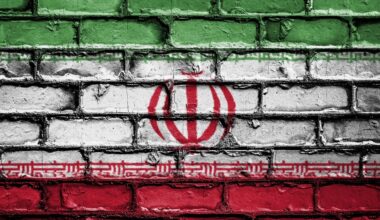The world’s largest democracy, India, holds its general elections, not just as a political exercise, but as a vibrant festival of participation and celebration. These mammoth undertakings, held roughly every five years, showcase a multitude of unique features that set them apart from other electoral processes. Delving into these peculiarities helps us appreciate the complexity, scale, and dynamism of Indian democracy.
Numbers Tell the Story
Imagine conducting an election across a nation with over 900 million eligible voters, spread across diverse geographical terrains, languages, and cultures. This is the staggering reality of Indian elections. The Election Commission of India (ECI), an independent constitutional body, oversees this colossal task, making it the largest democratic exercise in the world.
Ensuring Every Vote Counts
Conducting elections in India involves mobilizing over 11 million polling stations, employing millions of polling personnel, and transporting countless election materials across vast distances. The ECI utilizes innovative solutions like Electronic Voting Machines (EVMs) to ensure efficient voting and remote voting facilities for overseas Indians. This logistical feat makes the Indian elections a marvel of planning and execution.
Celebrating Unity in Multiplicity
India’s diverse population, with 22 official languages and numerous religions, presents a unique challenge. Elections offer a platform for this diversity to be acknowledged and celebrated. Parties campaign in multiple languages, cater to varied regional aspirations, and reflect the country’s vibrant social fabric. This inclusivity strengthens India’s democratic spirit.
Beyond Just Polling
Indian elections are more than just casting a vote. They are marked by colorful rallies, passionate debates, and enthusiastic campaigning. Candidates use street plays, music, and traditional art forms to connect with voters, creating a festive atmosphere that engages even non-voters. This vibrancy fosters a sense of shared participation and ownership in the democratic process.
Embracing Digital Solutions
Recognizing the need for transparency and efficiency, India’s election system has embraced technology. Voter ID cards with photographs, online voter registration, and mobile apps for accessing poll information are some examples. The ECI also utilizes technology to combat electoral fraud and misinformation, showcasing India’s commitment to leveraging technology for a stronger democracy.
Shaping the Future
With over 600 million voters under the age of 35, India boasts the world’s largest young electorate. This demographic shift signifies a growing youth voice in shaping the nation’s future. Parties are increasingly focusing on youth-centric issues like education, employment, and climate change, recognizing their power to influence electoral outcomes.
Recognizing Dissent
In a unique move, India introduced the “None of the Above” (NOTA) option in 2013, allowing voters to express dissatisfaction with all candidates on the ballot. This option empowers voters to hold parties accountable and encourages them to field better candidates. The NOTA option reflects India’s commitment to inclusive and responsive democracy.
Striving for Equality
While challenges remain, India has seen an increasing number of women contesting and winning elections. The introduction of quotas for women in local government bodies has further spurred their participation. This trend signifies a positive step towards achieving gender equality in political representation.
Role of Media
Shaping Public Discourse: The Indian media plays a crucial role in disseminating information, facilitating debates, and holding parties accountable. News channels organize debates, conduct exit polls, and analyze manifestos, fostering informed public discourse. However, concerns about media bias and misinformation remain a challenge.
A Global Spectacle
A Model for Emerging Democracies: The sheer scale, complexity, and inclusivity of Indian elections make them a spectacle watched by the world. Their success stories, like smooth conduct despite diverse challenges, offer valuable lessons for emerging democracies grappling with similar complexities. India’s election process serves as a beacon of hope, showcasing the power of democracy to engage diverse populations and deliver peaceful transitions of power.
Indian general elections stand as a testament to the country’s vibrant democracy. From the logistical marvel of managing millions of voters to the celebration of diversity and the embrace of technology, these elections offer a unique spectacle on the world stage. While challenges persist, the ongoing evolution of the electoral process signifies India’s commitment to strengthening its democratic foundation and setting an example for aspiring democracies worldwide.










